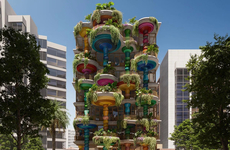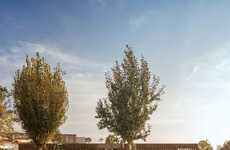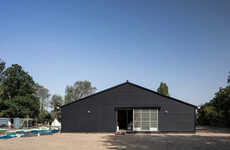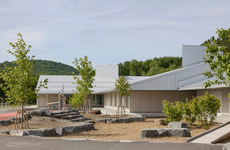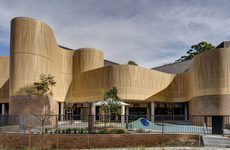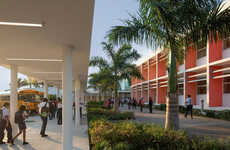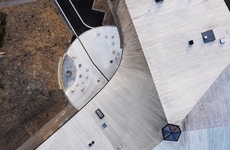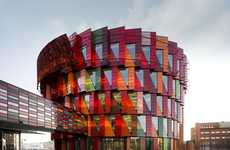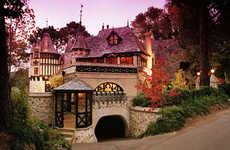
The Langley Academy is a Sustainable Educational Facility
Katherinev123 — November 19, 2009 — Eco
References: gateway01.lpplus.net & ecofriend
With a curriculum focused on science and the environment, it's no wonder that the design of the Langley Academy in Berkshires, UK, is an example of sustainable architecture itself.
Crafted out of wood by Foster + Partners, the Langley Academy is a green building with a rooftop solar hot water system that will serve as an educational institute. Horizontal and vertical shutters adorn the wooden structure, which has a floorplan partially inspired by museums: a central atrium that houses the assembly room, gym and auditorium is flanked by classrooms and labs.
Crafted out of wood by Foster + Partners, the Langley Academy is a green building with a rooftop solar hot water system that will serve as an educational institute. Horizontal and vertical shutters adorn the wooden structure, which has a floorplan partially inspired by museums: a central atrium that houses the assembly room, gym and auditorium is flanked by classrooms and labs.
Trend Themes
1. Sustainable Architecture - The trend towards sustainable architecture can provide opportunities to create educational facilities that function as sustainable models in addition to promoting eco-conscious values.
2. Green Building Design - Incorporating environmentally-friendly features into the design of educational facilities can provide a unique selling point and promote eco-conscientious values to future generations.
3. STEM Education - With a growing emphasis on STEM education, schools can incorporate sustainable architecture into the curriculum, creating a unique, hands-on approach to learning about science and the environment.
Industry Implications
1. Education - The education industry can embrace sustainable architecture to promote environmentally-friendly values and to create unique, hands-on STEM learning opportunities for students.
2. Architecture - The architecture industry has an opportunity to create innovative and sustainable educational facilities that can serve as models for future building designs.
3. Renewable Energy - The renewable energy industry can benefit from the incorporation of solar hot water systems and other sustainable energy sources into the design of educational facilities, serving as a model for other industries and building types.
3.2
Score
Popularity
Activity
Freshness

